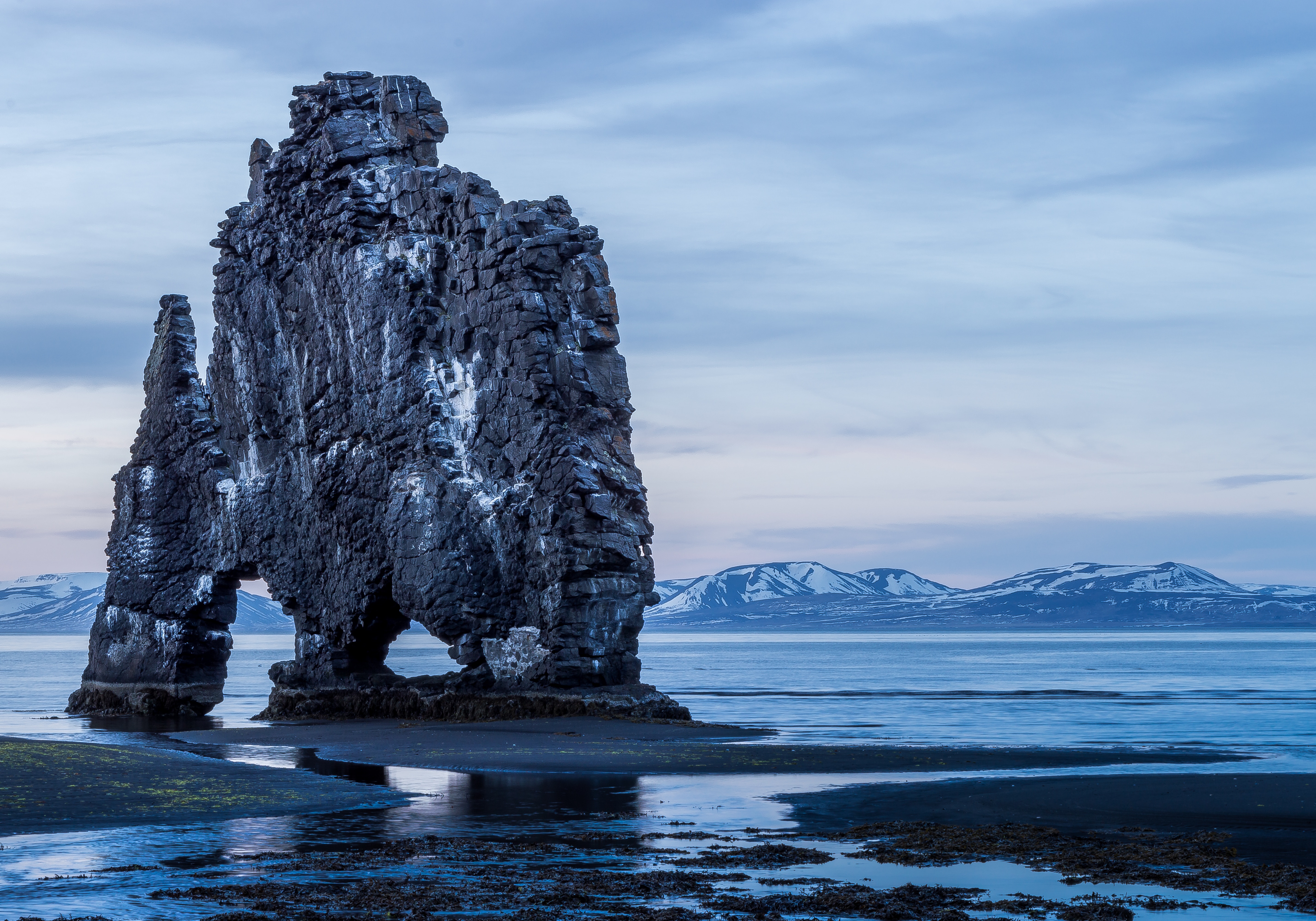In May of 2014 four qualified sailors chartered a sailboat with the intention to sail her from Antigua to the UK. It was a true blue water passage that can be quite challenging and dangerous if one is not well prepared.
The British sailors; Paul Goslin, James Male, Steve Warren, and Andrew Bridge had selected a seaworthy vessel for their charter. The Beneteau First 40.7 is often used in charter fleets because it is a well engineered and constructed sailboat capable of such passages. Cheeki Rafiki, as she was named, had been in the charter fleet for many years.
The crew departed on their voyage May 4th with good weather, keeping a watchful eye on weather reports with their sophisticated equipment. They were also in touch with authorities over a satellite phone to ensure up to date information.
Around May 10th the seas started to get ugly, and by the 16th they were violent. As they labored to sail Cheeki Rafiki about 700 nautical miles from Nova Scotia, 20 to 25 foot waves pounded them mercilessly.
The skipper reported hitting a “big wave” in the midst of the heavy weather. Sometime later he reported taking on “massive amounts of water” as they fought Force 7 winds. Their last legible transmission on May 16th was simple and ominous, “this is getting worse.”
From the outside looking in, it appears that a seaworthy ship with a qualified crew hit a large storm, simply a case of bad luck. However, if you follow sailing then you would know that many people, sometimes even single handed sailors sail much smaller boats into similar storms and survive.
Just one day after the last transmission, the massive commercial cargo ship Maersk Kure, happened upon the wreckage. They documented that Cheeki Rafiki had experienced a catastrophic failure, the keel on the bottom of the sailboat had simply come off.
This is a very rare occurrence, and one that could have been avoided. The boat and crew should have never been lost. But before we investigate the details of Cheeki Rafiki further, let me tell you a story about a sailboat I am in the process of restoring.
I have an affinity for wooden sailing boats, it’s more like an affliction than an affinity. No sane person would invest in a wooden sailboat, although a good friend once told me they provide the best “psychological income”, I believe this to be true.
This affliction struck last fall when a 1958 Nordic Folkboat came up for sale in Portland. After talking to the owner and reviewing paperwork, she was purchased and shipped to our home in the Midwest. Shortly after her arrival we began a restoration process to replace damaged or aging wood.
Wooden boats can be high maintenance and costly because the wood erodes simply from exposure to the elements. The is well known, and therefore rigorous maintenance programs are devised to stave off the effects of the environment.
About the time we had her disassembled down to the frames, a friend of mind explained that there are six keel bolts that run through the frames and into the keel, effectively attaching the keel to the boat. He said that these bolts are often overlooked on maintenance programs because they are out of sight and out of mind. People focus on the obvious and ignore the critical.
After a sleepless night I decided to have the keel bolts removed, the risk was simply too great, we could easily complete the restoration and lose our boat over something as simple as a keel bolt failure.
We had the keel bolts removed and inspected. Sure enough the keel bolts had experienced heavy erosion over the course of their life. These are stout, steel bolts ¾ inch in diameter and roughly 30 inches long when new. Ours has eroded down to ⅛” in diameter, some were already broken in half.
Keel bolts erode when salt water interacts between the cast iron keel and the steel bolts. It happens slowly, and over many years, but once the bolts erode to a size that they can no longer carry the loads and forces placed on them, catastrophic failure occurs. This is arguably what happened to Cheeki Rafiki, a lack of maintenance potentially caused the keel bolts to fail under stress, that failure caused her to sink.
The lesson we can all learn from this is that erosion occurs over time, but the effects of erosion can be immediate and catastrophic. When we ignore the seemingly insignificant yet highly critical, we expose ourselves and our organizations to unnecessary risk.
In context of work life, when leaders ignore basic leadership principles over time, an organization can experience a high turnover of employees, and an unproductive culture resistant to disciplined habits. When proven operating systems are gradually ignored, quality can go down, and costs can go up, killing profits and quickly destroying the financial integrity of a company. Eroding retained earnings, and having no equity on the balance sheet leaves one completely exposed to the changing winds of a volatile economic climate and ripe for destruction.
Our personal lives are also exposed to the same principle of erosion. If one chooses not to exercise, eat healthy foods, and get enough sleep, you will be at high risk for physical or mental disease. If one doesn’t consistently invest in and work on a marriage or relationships with children, the relationships can easily be lost in a moment in time. Not maintaining a healthy spiritual life erodes our soul and one can find themselves experiencing depression even while living a wonderful life.
Erosion occurs from a lack of maintenance. Erosion brings on gradual demolition, but regular maintenance preserves and sustains.
We make ourselves and our organizations robust to the environment we live in first and foremost by maintaining the simple practices that will stave off erosion in the core areas of our professional and personal lives. The more robust we become, the greater a catastrophic event we can endure when it hits.
The problem with ignoring erosion and experiencing a catastrophic event is that oftentimes there is no ability to recover. That was the outcome of Cheeki Rafiki and her crew.
I challenge you to holistically review the elements of your life personally and professionally. Ask yourself these three questions:
1 Where do you see erosion in your personal or professional life, or in the organization you are leading?
2 What “maintenance duties” can be devised and built into your schedule to stave off erosion and breed healthy long term results in the core areas?
3 Who can I work with to help bring accountability and advice as I move forward?
I am looking forward to sailing our wooden sailboat for the next 30 years (knock on wood), once the restoration is finished. But we won’t depend on the major restoration to carry us for three decades, we will be rigorous about maintenance, including those new keel bolts.

